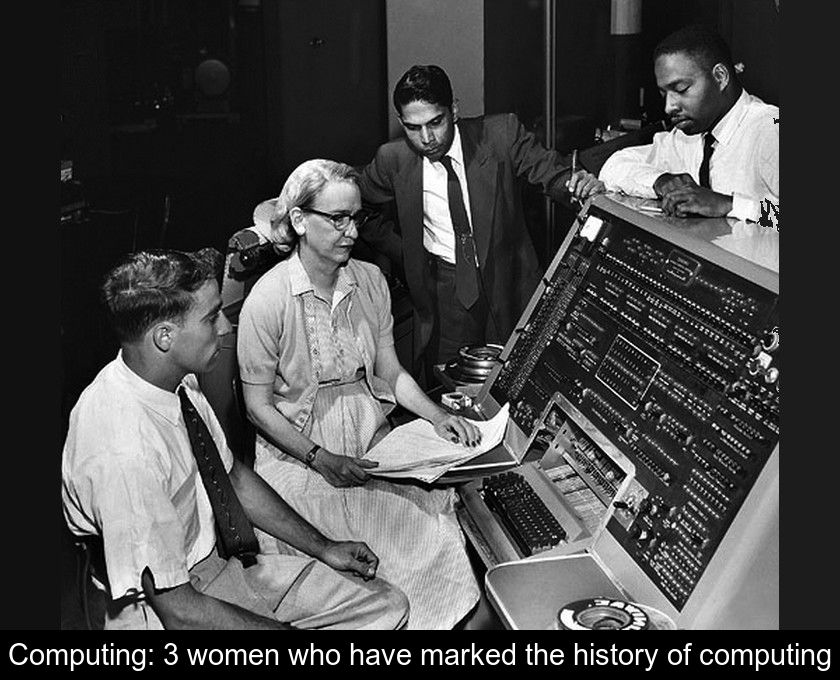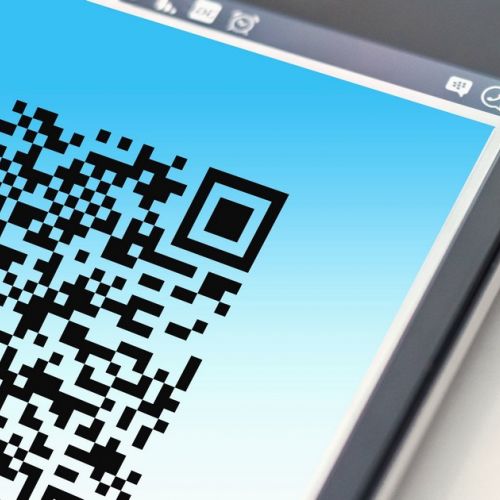Computing: 3 Women Who Have Marked The History Of Computing
When we talk about the digital revolution, the first names that come to mind are invariably Bill Gates, Steve Jobs and Mark Zuckerberg. However, many women have made major contributions in this field. On this International Women's Rights Day, we suggest you (re)discover three women who have marked the history of computing.
1- Ada Lovelace
Ada Lovelace (1815-1852) was the daughter of the English poet Lord Byron. But she was also a pioneer in the field of programming.
In order to prevent her from becoming a romantic poetess like her father, her mother gave her early mathematics lessons.
In London, she met the mathematician and engineer Charles Babbage with whom she designed a machine that could perform complex mathematical operations.
Too far ahead of its time, this project called the analytical machine will never be built. This machine is nevertheless considered the ancestor of the computer.
In her notebooks, Ada wrote the first sequences of calculations intended to be executed by a machine, making her the world's first programmer!
In addition, the notes written by Ada Lovelace and Charles Babbage were used by those who built the first computer a century later.
To honor her, a programming language designed in the 1980s was named Ada.
In addition, the Ada Lovelace Award has been given since 1982 by the Association for Women in Computing. It recognizes women who have provided outstanding scientific or technical achievement or extraordinary service to the computing community.
2- Grace Hopper
Grace Hopper (1906-1992), pictured above, was a mathematics major at Yale University and a Navy reservist.
She worked on the development of UNIVAC, the first commercial computer made in the United States. Most importantly, she improved and simplified the way computers are instructed.
She first created the Flow-matic language for UNIVAC. In 1959, she reworked FLOW-MATIC to create a more general purpose language called Cobol. This became the standard programming language for the military and American companies.
It is still used today, mainly in the banking, insurance and large government sectors.
Grace Hopper's work has greatly contributed to modern programming. This is why she is recognized as the mother of the Cobol language. In 1986, journalist David Letterman even called her the Queen of Software.
In 2016, US President Barack Obama posthumously awarded her the Presidential Medal of Freedom.
3- Margaret Hamilton
Margaret Hamilton, born in 1936, is another American programmer who worked at MIT in the 1960s before joining the Apollo program.
Building on her success on the SAGE project, a program to monitor airspace and intercept possible aircraft intrusions, she was given the lead on the team in charge of designing the software for the Apollo 8 mission.
While computer programming is still in its infancy, she is asked to code a program that could put men on the moon.
Although this was a huge challenge at the time, Margaret Hamilton succeeded in developing the computer system that was used to guide the craft.
Her program even proved capable of correcting on its own an error that was bugging the computer and threatening to abort the Apollo 11 mission minutes before the moon landing.
Margaret continued to work on subsequent Apollo missions and made a significant contribution to the evolution of computer programming. As a result, NASA decorated her with the Exceptional Space Act Award in 2003.
Good to know
These three female computer programming pioneers are salient examples of the female contribution to the history of computing.
But many other female computer scientists should also be mentioned, starting with the 6 female programmers of ENIAC, the very first all-electronic computer.
We should also pay tribute to Dorothy Vaughan, one of the heroines of the movie Shadow Figures who was a pioneer in digital computing and computer programming after NASA acquired its very first computer.








